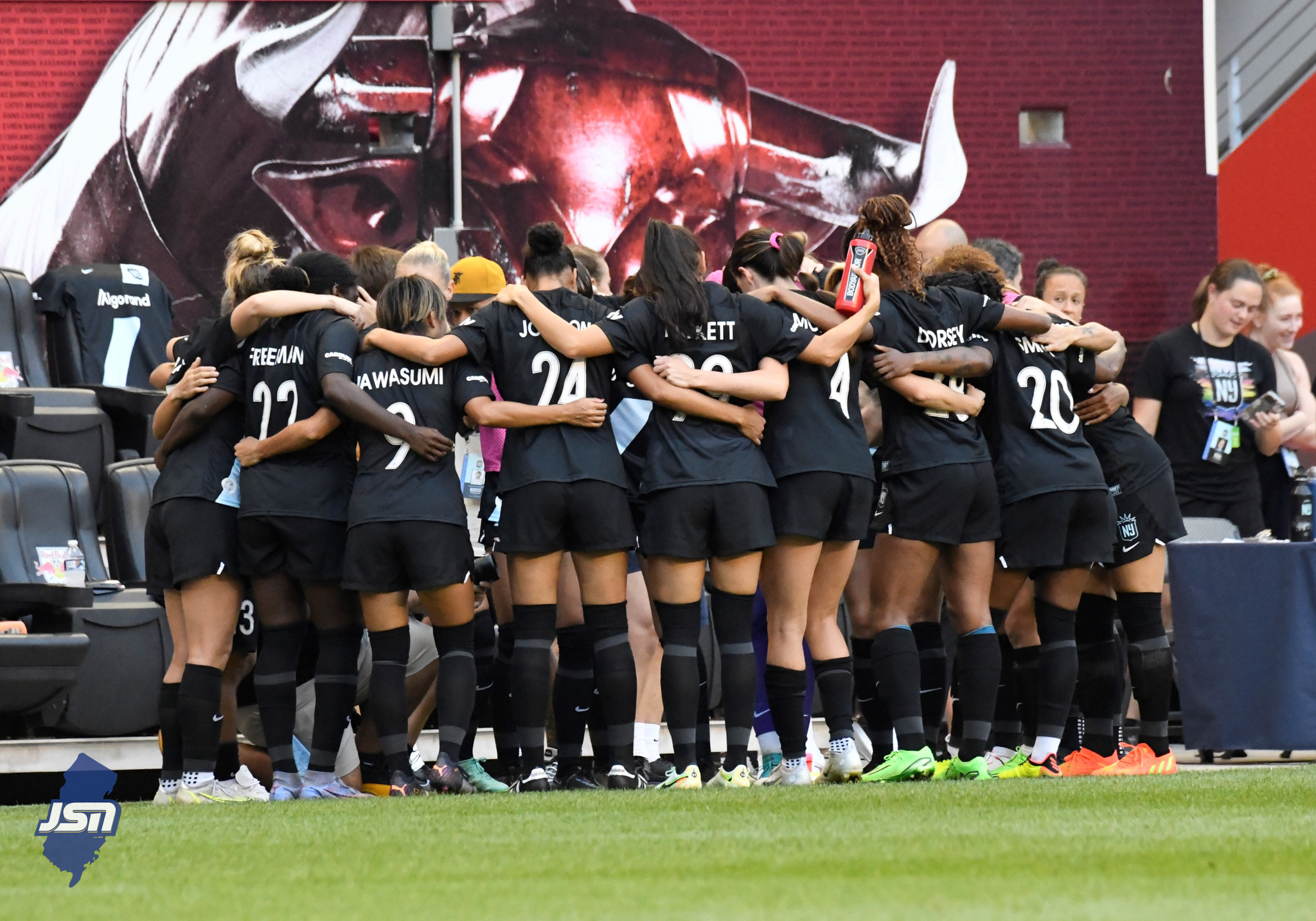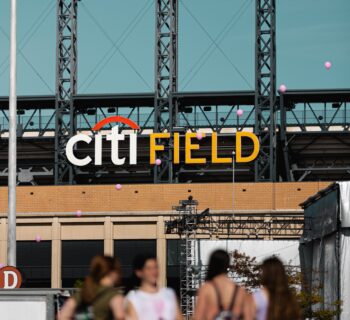I’m not his biggest fan on SNY pregame shows, but my high school playing career mimicked Todd Ziele. Granted, he was thousands times better than I ever was, but I grew up a catcher/first baseman in rec ball and my freshman year of high school. I was moved to third base when I reached JV, but that’s where that ended. I wasn’t good enough and had more fun on the bus rides to destinations than sitting on the bench.
However, that short and distant past embed a catcher’s perspective, viewing the game pitcher-first with questions after each pitch. How are they setting up this batter? Is he comfortable throwing his fastball inside? With the pitch clock, will this batter get jittery if he’s been standing and waiting and standing and waiting for the start of the motion?
Yes, I’m that geeky baseball lifer finding fascination with every pitch, screaming at the inanimate object on the wall as if the Mets players can hear me. For most of the 21st century, my screams would lower in pitch and be directed to the batter - Get in the box! Get in the box! - as every batter seemed to step out and check with the 3rd base coach, readjust the velcro on each of their batting gloves, then take a few cleansing breaths to focus and gain clarity in the force. Then put one foot back in the batter’s box for a side body stretch before…
All this before a generation that’s grown up with less attention span than a goldfish; but since that was the previous cliché, what would be less? It makes no sense and that’s why there’s a pitch clock. Whether it’s to keep the attention of those with little time for the National Pastime or they’ve actually heard my pleas and cries for months and seasons; batters are in the box and games are done in less than three hours.
Saturday at loanDepot park before an enthusiastic 14,797 that was mostly Mets fans, it took 2:09 to finish a pitcher’s duel featuring David Peterson and the Miami Marlins’ latest star starting pitcher Jesus Luzardo. The 25-year old lefty started 18 games in 2022 with a 3.32 ERA and a 1.04 WHIP (Walks+Hits/Innings Pitched). Peterson is two years older and started 19 games last year and had six more strikeouts in five additional innings pitched. He’s good, but for this season to be a success, he was going to have to be better.
How he and the rest of the rotation does will be tracked here each time through.
March 30 - Mets 5, Marlins 3
Max Scherzer: 6 IP, 4 H, 3 R, 3 ER, 2 BB, 6 SO
I think Scherzer got beat on his fastball in his sixth and last inning. He can’t overpower batters at age 38, but don’t take my word for it. Read about how Scherzer still has something to prove to Mets fans.
March 31 - Marlins 2, Mets 1
David Peterson: 5 IP, 8 H, 1 R, 1 ER, 1 BB, 5 SO
From Bob Ojeda and Sid Fernandez to Bill Pulsipher and Jon Niese; there is a long tradition of random lefty starters flirting with greatness for a few seasons; or a start or two to make you believe he could be great. Welcome to the club, David Peterson!
A 94 MHP 4-seam fastball with a slider to strike out lefthanded batters and a sinker to confound righties. He’s been in pressure situations for the past couple of seasons, learning from aged veterans like Scherzer and now the job is his to lose. Here’s hoping he steps up and keeps it.
April 1 - Mets 6, Marlins 2
Tylor Megill: 5 IP, 6 H, 2 R, 2 ER, 2 BB, 7 SO
I think Megill should get more credit for this disjointed start, purely from the fact that he was sent to Syracuse less than a week earlier. The only visual of this I’m familiar with involves Ricky Vaughn getting red tagged in ‘Major League’.
Since he wasn’t cut, Megill likely didn’t go into Buck Showalter’s office and show “that kind of spirit”, but he was ready to start the Triple-AAA season opener in Worcester, Massachusetts. Then he was told to get back on a plane because he was starting the Mets’ third game in Miami. You could never say he pitched well, but with all that was happening in his life at the time, I think he did pretty well.
April 2 - Mets 5, Marlins 1
Kodai Senga: 5.1 IP, 3 H, 1 R, 1 ER, 3 BB, 8 SO
The Mets’ offense going eight batters deep in the top of the first didn’t help Senga make his debut. After a long walk from the outfield bullpen, he was forced to sit, then stalk, then hop in place to stay loose while nearly 45 minutes went by before he got back on a mound. Think of the hundreds of family and friends in Japan who were up in the middle of the night for his first pitching performance.
When they finally got what they stayed up for, Senga was clearly rattled early. But after he settled down, he showed off the four pitches that will make it difficult for opposing offenses. There’s a 97 MPH fastball for starters that wasn’t thrown enough in my opinion.
Senga also features a 91 MPH cutter that breaks slightly in on righties; making it the opposite of his slightly slower slider; one that he can cut sharp or make it loop like a curveball. Or maybe that was a factor of his nerves. It took a few innings before Senga was able to show off his Ghost Fork, a pitch that Ron Darling and the SNY cameras showed in detail. It’s a splitter/forkball that looks like a changeup the way it just sort of stops about two-thirds of the way to the plate. Can’t wait to see what it looks like in May.
April 3 - Brewers 10, Mets 0
Carlos Carrasco: 4 IP, 4 H, 5 R, 5 ER, 4 BB, 4 SO
“You keep walking people and bad things are going to happen.” Gary Cohen said that moments before a grand slam put the game out of reach. But before that, Carrasco showed why he is the No. 5 starter in this rotation. His fastball was at 93 MPH in the first inning, but that pitch got slower as the game progressed. Carrasco’s changeup isn’t enticing if a batter isn’t worried about the fastball.
Long story short; without his best stuff Carrasco isn’t very good. This start may seem like further proof; but it’s also his first start of a long 162-game season and that’s the truth.
- Mets 2024 Preview - Get Ready And Be Patient - March 28, 2024
- Edwin Diaz Shines In Spring Debut - March 11, 2024
- Mets notes From spring's first pitch in Florida - February 26, 2024








